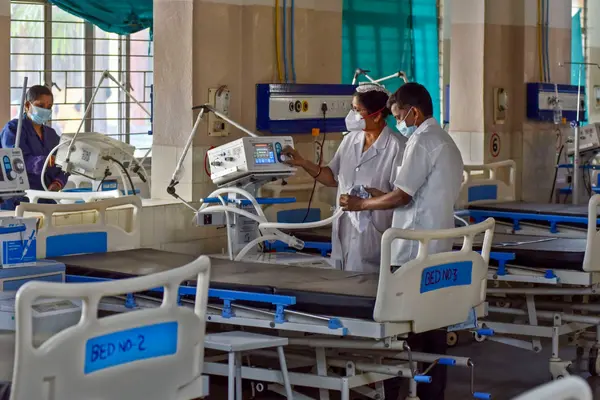The Supreme Court has recently directed the central government to address the varied hospital treatment charges across the country, aiding the implementation of cashless health insurance.
Current scenario of health insurance sector in India:
- Hospitals currently face varying rates for treatments, which obstructs the seamless adoption of cashless health insurance.
- The Clinical Establishments (Registration and Regulation) Act, 2010 (CEA 2010) is adopted by 12 State Governments and 7 Union Territories, but rates cannot be set by the central government without their input.
- The Central Government has established rates for CGHS (Central Government Health Scheme) empanelled hospitals, awaiting responses from State Governments/ Union Territories to unify treatment charges.
About the CEA 2010:
- It has been enacted by the Central Government to register and regulate all clinical establishments in the country with a view to prescribe the minimum standards of facilities and services provided by them.
- It is applicable to all types (both therapeutic and diagnostic types) of Clinical Establishments including hospitals, clinics, private sectors, single doctor clinics, that offers treatment for illness in all recognized systems of medicine (allopathy, yoga, naturopathy, Ayurveda, homoeopathy, Siddha and Unani).
- The only exception is Clinical Establishments run by the Armed forces.
| UPSC IAS Preparation Resources | |
| Current Affairs Analysis | Topperspedia |
| GS Shots | Simply Explained |
| Daily Flash Cards | Daily Quiz |



